I sent a message similar to this essay to Robyn Dixon, author of an article on Russian science and vaccine development in the Washington Post yesterday, February 9. 2021. The Dixon article cited scientist and journalist, Irina Yakutenko, saying that “you should do everything according to the protocols. It takes a long, long time. It takes a lot of money”. That has been true for U.S. policies that have required ten years to release new vaccines*. But the “miraculous” speed of vaccine development in 2020 tells us that those medical policies are grievously outdated and need to change. I copied this message to Senators Tim Kaine and Mark Warner, encouraging them to explore reforms with Senate colleagues and NIH Director Francis Collins. Republicans would likely agree about the importance of reform.
The length of time needed for vaccine development is due to the extreme rigor of U.S requirements for them and other critical cures. This in turn is attributable to concern to minimize adverse effects. The positive potential of a new vaccine can be confirmed in a dozen cases, but to rule out 1:1000 adverse effects may require years and trials with 6000 persons. The FDA operates in the world’s most litigious nation and is risk-averse. We saw what happened in 2020 when excess cautions were swept aside because of the emergency created by the coronavirus. The speed of the approval was startling for our system, but other nations produced vaccines in the same time frame. Sixty-three coronavirus vaccines have been reported in clinical development. Because of the U.S.’s overwhelming dominance in research funding and the rigor and reputation of the National Institute of Health, the sponsor of federally supported trials, our protocols are widely adopted in Germany and other EU nations.
A new vaccine can cost $500 million to $2 billion. This leads to exorbitant treatment costs and a lack of attention to rarer diseases that could be cured. An example is my wife, Lucy, who has a rare “SCA 8” ataxia that could be readily cured by gene editing – but it can’t get attention.
A sleeper factor also holds back treatment in America. The Washington Post article mentions scientific publication as being desirable for Russian medical development. To the extent that they report new knowledge and advances, scientific publications play critical roles. But the U.S. suffers from a flood of excess clinical publications. Reports offer many promising new treatments “for the future” while there is a dearth of new treatment opportunities today. The reason is that it is more advantageous for medical researchers to apply for research funding and get their names in print or in the news for promising developments than to take the risks of moving to formal treatment. The latter receives little public recognition while it incurs major risks for lawsuits over new procedures. Risk adverseness operates on clinics as well as clinicians.
In 2016 I became personally familiar with a pioneering Austrian heart surgeon who saved the life of an American composer who had a heart attack while attending a concert in Vienna. Dr. Werner Mohl** developed a procedure for restoring heart tissue damaged in heart attacks. The American would probably have died in the U.S. because the procedure would not have been authorized until clinical trials proved its efficacy.
*Vaccines, 5th Ed., Philadelphia, Saunders 2008.
** https://esc365.escardio.org/Person/304114-prof-mohl-werner*
